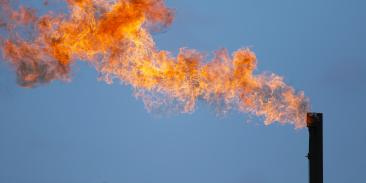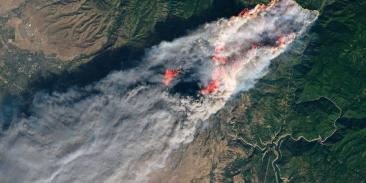Florida’s Official State Dessert “Strawberry Shortcake” shortchanged by climate impact
Farmers in Florida have an opportunity to invest in climate change adaptation practices for their unique fruit market production
(MIAMA. FL – May 15, 2023) A new Environmental Defense Fund study illustrates the impacts climate change will have on the $400 million Florida strawberry industry by modeling the mid-century changes in Florida strawberry fields. This report describes and defines four climate and crop models developed by researchers at the University of Florida. Climate adaptation strategies can ensure U.S. farms stay productive in the face of climate change, continuing to support global food needs and rural economies.
“Agriculture has been hard hit by extreme weather in Florida especially, sustaining over one billion in losses from Hurricane Ian in 2022 alone,” said Dawn Shirreffs, Environmental Defense Fund Florida director. “Mid-century climate change will have a big impact on farmers who are growing these delicious red fruits. In Hillsborough County, Florida, where most of the state’s strawberries are grown, growers can anticipate an 11% decline in the crop by 2050, and a 17% decline in early yields by 2050.”
Climate change is having a real impact on U.S. agriculture. Increasing temperatures, water stress, and changes in solar radiation are impacting yields, farming practices, and supply security. This report takes a qualitative scenario planning approach to describe four plausible scenarios with varying levels of overall production and winter yield.
“While there has been a lot of work on the impacts of climate on row crops at global scales, our study focused on something more useful to Florida farmers – the impact of climate change on specialty crops, especially strawberries, at the county scale” added Eileen McLellan, lead senior scientist and report co-author at Environmental Defense Fund.
Florida needs adaptation strategies to mitigate the future effects of volatile weather events and conditions on the state’s agricultural production such as strawberries which are sensitive to changes in temperature and precipitation. Other adaptation strategies include effective shading, diversifying geographic production areas, shifting planting dates, and developing new hybrids – that enable Florida growers to meet these challenges and remain commercially viable.
For more information, see our new report: https://www.edf.org/sites/default/files/2023-05/%5BFinal%5D%20EDF_Florida-Fruits-Veg-2023.pdf.
With more than 3 million members, Environmental Defense Fund creates transformational solutions to the most serious environmental problems. To do so, EDF links science, economics, law, and innovative private-sector partnerships to turn solutions into action. edf.org
Media Contact
Latest press releases
-
Bill Would Explore Responsible Growth of Domestic Seafood
August 4, 2025 -
Legislation Introduced to Reverse Tax Hikes on Clean Energy
August 2, 2025 -
Groups File Lawsuit Challenging Trump EPA’s Delay of Protections Against Oil and Gas Methane Pollution
July 31, 2025 -
New study shows how sectoral emissions shape today’s warming and tomorrow’s risks
July 30, 2025 -
EPA Administrator Zeldin Delays Commonsense Methane Pollution Protections
July 29, 2025 -
NEW: U.S. Government’s Own Analysis Shows Repealing Tailpipe Pollution Standards Will Sharply Increase Gasoline Prices
July 29, 2025










